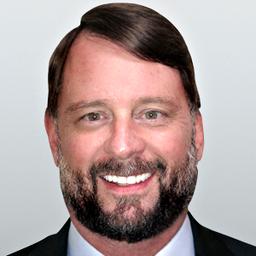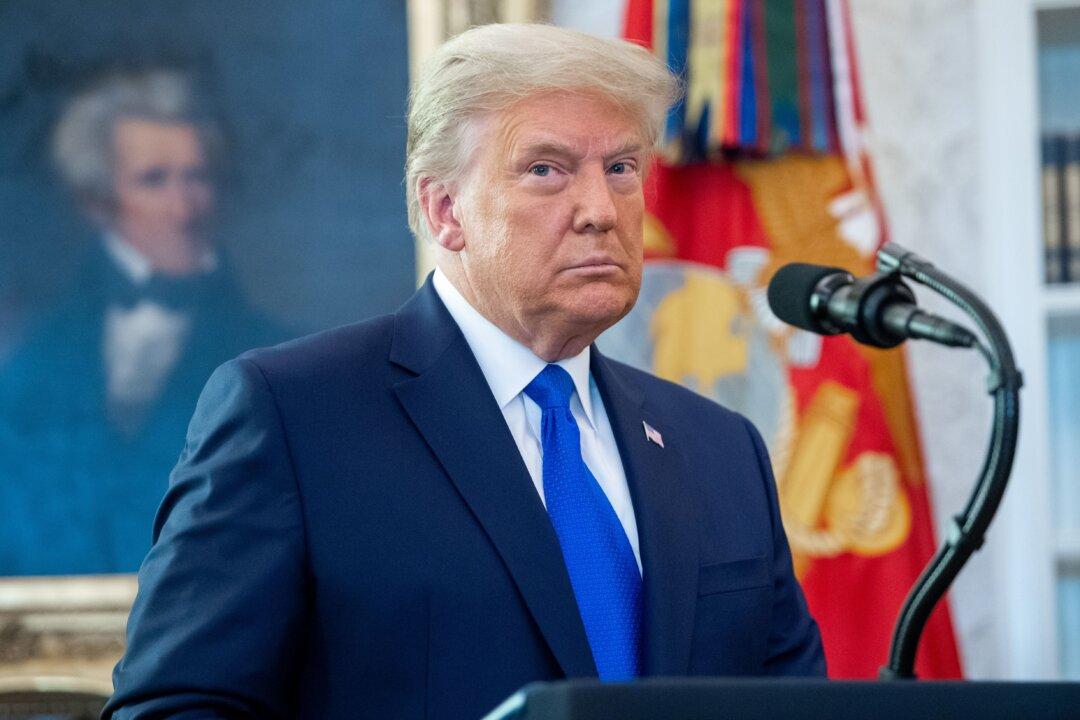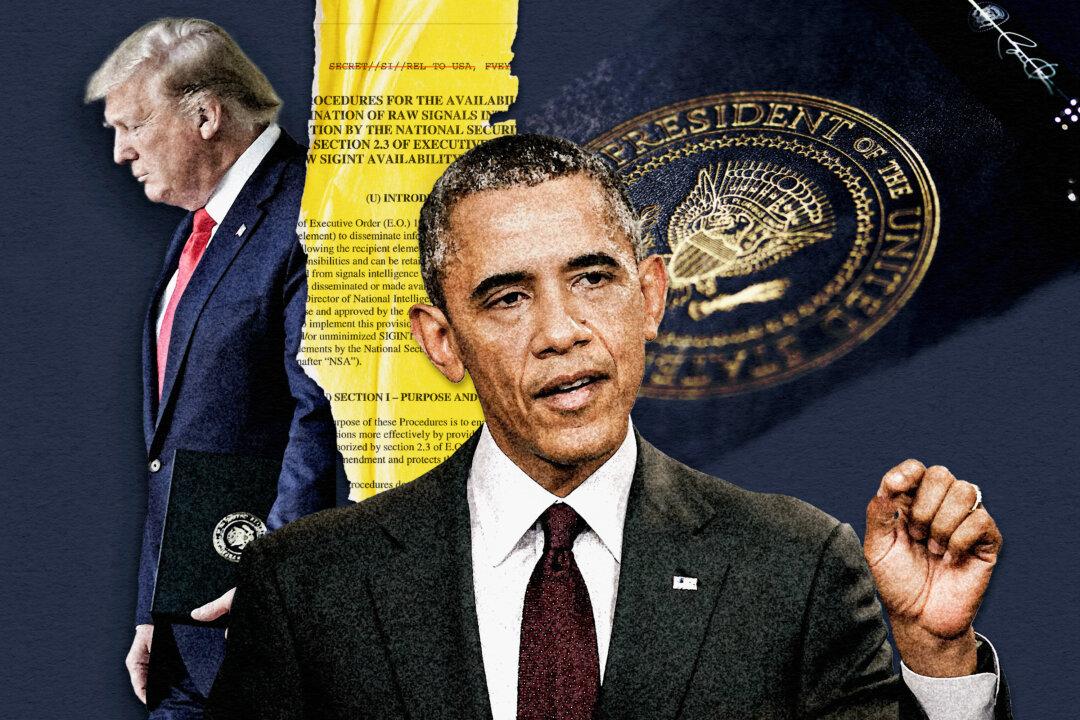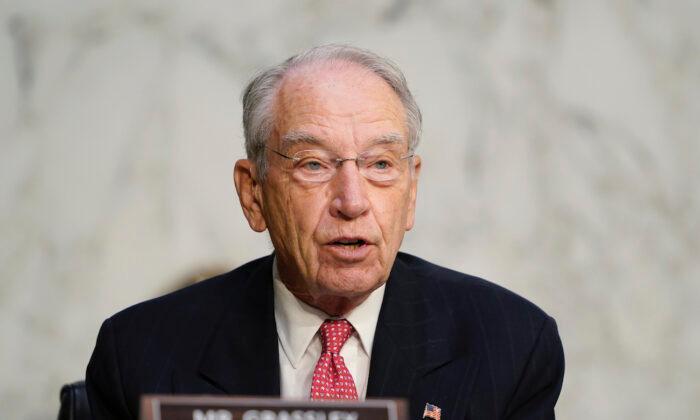Democrats and the media have benefited for years from seeing their voices artificially amplified through a cozy relationship with the multitude of tech companies. The goal has been to make their policies and ideas appear as though they are far more accepted than they really are.
The problem is that Twitter functions as the de facto public square—and the false elevation of some ideas and views combined with the active suppression of others has a direct impact on public discourse and debate.
Controlling this public square of political debate has been of immense benefit to Democrats, the media, globalists, and the government bureaucracy. It’s why they opposed Musk’s takeover offer from the start.
But it’s not just about losing control of public debate going forward. The actions of those who controlled the narrative through Twitter are now open to examination from Musk—who has already indicated that he will subject Twitter’s secret algorithm to public scrutiny.
Twitter has long restricted free speech. One method widely employed was shadowbanning—the limitation on the visibility of tweets from a given account. Another method used by Twitter was the outright banning of accounts that Twitter deemed problematic or offensive.
If he approaches his acquisition of Twitter methodically, Musk will set about working to first understand how Twitter’s algorithm works—and then slowly remove the code that targets conservatives—bringing Twitter back to its original premise: a micro-blogging platform where anyone can share their thoughts and ideas, whether they’re rich and famous, poor, or just an average Joe.
Democrats and the corporate media are deeply afraid of this change. The very last thing they want is a level playing field, which is part of the reason for their opposition to Musk’s takeover of Twitter. But it’s not the only reason.
The people in positions of power don’t want Twitter’s algorithm exposed—because that would provide definitive proof that voices who dissented from the official line on anything ranging from gender identification to Hunter Biden’s laptop were targeted, harassed, and actively censured.
And more importantly, the establishment doesn’t want to lose the power this level of control gives them. These same people are also actively concerned that direct messaging done on Twitter isn’t subject to deletion or encrypted.
The true story behind that screenshot of administration access and control was never resolved. Did all Twitter engineers have access to the panel? Could anyone be shadow-banned for any reason or for no reason at all? Through his new ownership of Twitter’s platform, it’s left to Musk to not only deal with the effects and ramifications of the admin panel going forward but also to look at its abuse in the past.
A similar challenge is posed by Twitter’s algorithm. This is the set of rules that guides Twitter’s internal computers in deciding which accounts and messages get promoted and which get sidelined. The algorithm chooses which tweets make it into the top tweets feed. The algorithm also sets the day’s narrative by deciding what goes in the “What’s happening” column. It promotes certain topics and downplays or censors others. In short, the algorithm is the arbiter that establishes the direction of public political debate.
Musk has already indicated publicly that he wants to take a very close look into the inner workings of Twitter’s algorithm, going so far in a recent interview as to say he wants to make the algorithm public so that its detailed examination can be crowdsourced.
What Musk wants to do with the algorithm is revolutionary. The effects of this public disclosure will be long-reaching, perhaps extending to those within government. Open and public examination of the drivers behind our nation’s political discourse—and how those drivers were determined by a small handful of people—will likely prove highly illuminating.
Publishing Twitter’s algorithm publicly on a crowdsourcing site such as GitHub would bring full transparency to Twitter’s entire platform. It would reveal definitively, once and for all, how some speech is promoted while other speech is suppressed. By having it all out in the open, there could, as Musk suggests, be an open and fair debate about the choices made by Twitter and how and where to correct course.
In the end, most people just want fairness—a level playing field. Ideally, this fundamental change would take Twitter back to its roots where anyone from anywhere, rich or poor, famous or unremarkable, can post their ideas. Those thoughts and ideas that catch on will be organically elevated without unwanted interference from Twitter employees or from Twitter’s secret algorithm.
And despite public comments from the White House indicating the same, it’s overtly unconstitutional for the government to be coordinating with Big Tech to ban dissenting ideas or ban speech altogether.
There is also the issue of President Donald Trump’s removal from Twitter on Jan. 8, 2021. Notably, this was two days after Trump was removed from all other social media platforms, suggesting that there was some behind-the-scenes wrangling. It appears possible that Twitter’s chief executive at the time, Jack Dorsey, may not have been fully on board with such collective action right away.
Close examination of communications around the time of Trump’s removal would provide unique insight into the machinations at work. And Musk, if he chooses to do so, can now revisit this issue to find out exactly what happened and why. Presumably, this would also be the mechanism for reinstating Trump’s account—debunking the entire reason for Trump being banned in the first place.
But regardless of whether Trump is invited back or whether he would want to come back, this doesn’t alter the seismic shift that Musk has brought about. Allowing the world’s public square for political debate to become truly open once again is much bigger than Trump.
Musk’s purchase of Twitter effectively ends the control that Democrats and the corporate media have enjoyed over our nation’s political discourse. And it effectively removes their narrative control, whether it’s the virus, lockdowns, Hunter’s laptop and the 2020 election, or the war in Ukraine.
There will also be an unstated rebalancing of political opinion. Corporate media and the Democratic National Committee are going to find their impact reduced through the reestablishment of a level playing field. The DNC and their media allies will not like giving up that power. They may try to start their own Twitter light but it’s likely to run into the same problems as previous offshoots such as Parler and Gab.
In the end, there can only be one real public square. And for the first time in many years, everyone will be treated equally.








